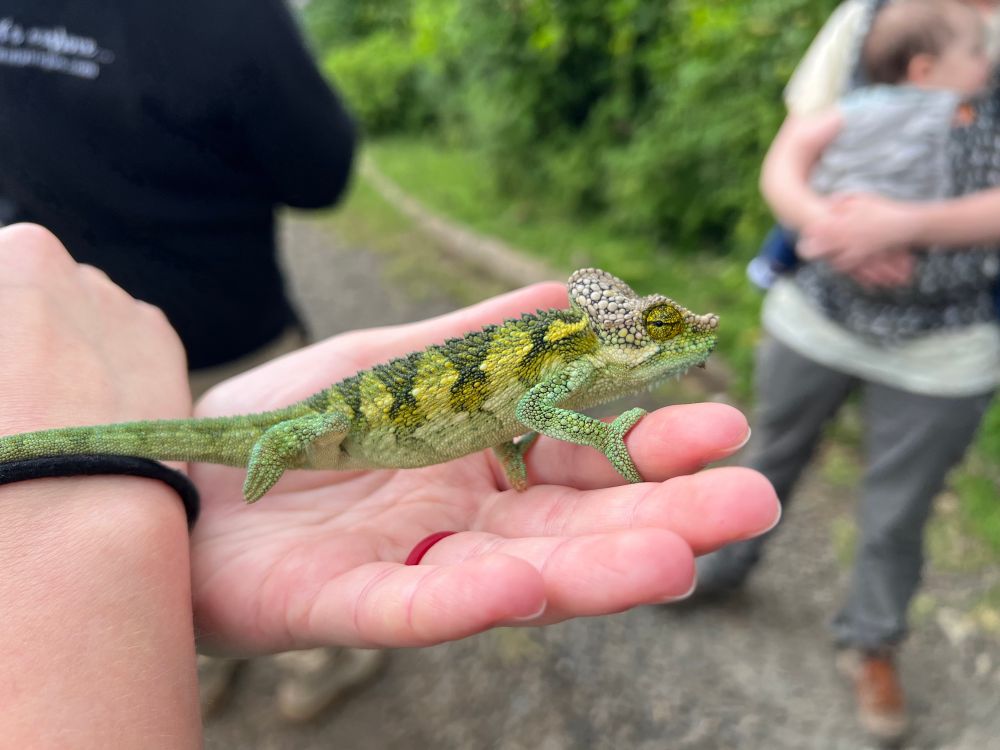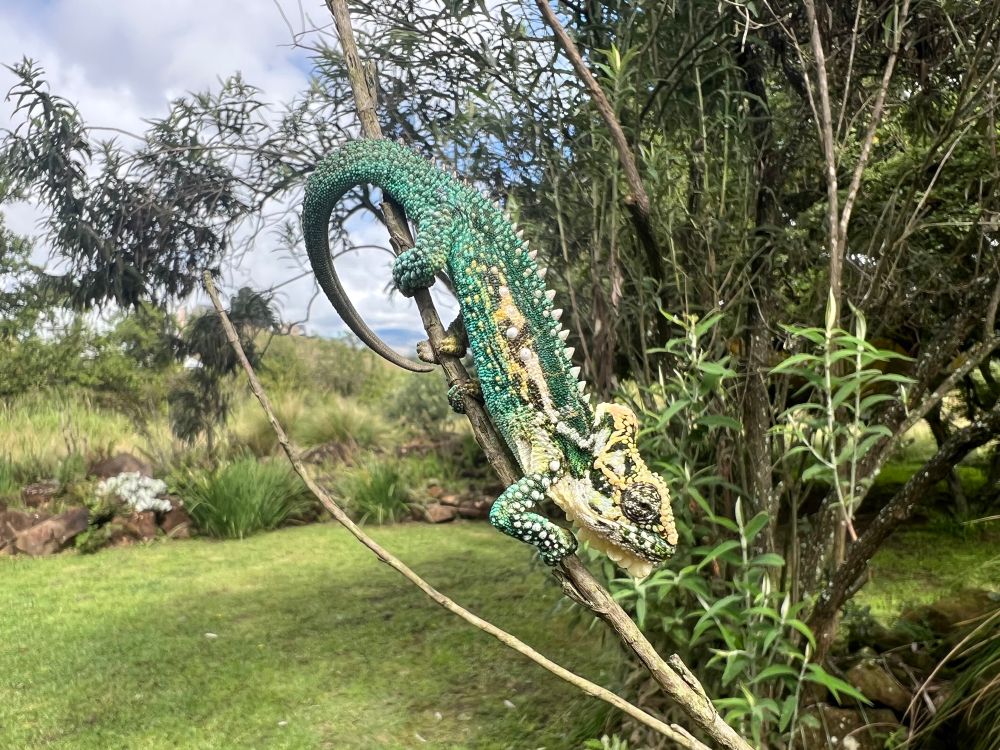










































Bradypodion cf. melanocephalum “Hilton” & Bradypodion cf. thamnobates “Karkloof”




Bradypodion cf. melanocephalum “Hilton” & Bradypodion cf. thamnobates “Karkloof”
Bradypodion melanocephalum, Chamaeleo dilepis, Python natalensis hatchlings, & Dastpeltis inornata.




Bradypodion melanocephalum, Chamaeleo dilepis, Python natalensis hatchlings, & Dastpeltis inornata.







